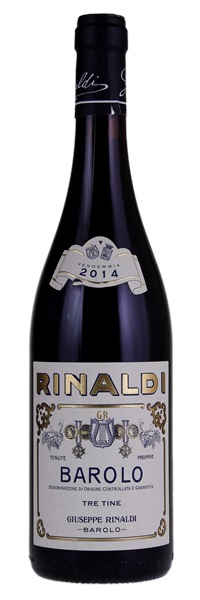Estimate

Tart cherry, currant, rose, incense, leather and mineral notes are fused to a dense matrix of tannins in this sinewy red. The complexity, intensity and length indicate its potential, while an iron element graces the finish.
Fragrant and vibrant, this opens with enticing scents of perfumed berry, violet and baking spice. It's racy and linear, offering strawberry, red cherry and mineral tension alongside lithe tannins and bright acidity.
There is good delineation to the bright red stone fruit, tobacco and floral notes.
...the mouthfeel shows power and depth...surprised by the level fruity ripeness and plumpness that emerges from the bouquet.
Savoury with gamey hints. Crushed raspberry palate. Chewy tannins and then long, focused, aromatic raspberry finish...vibrant.